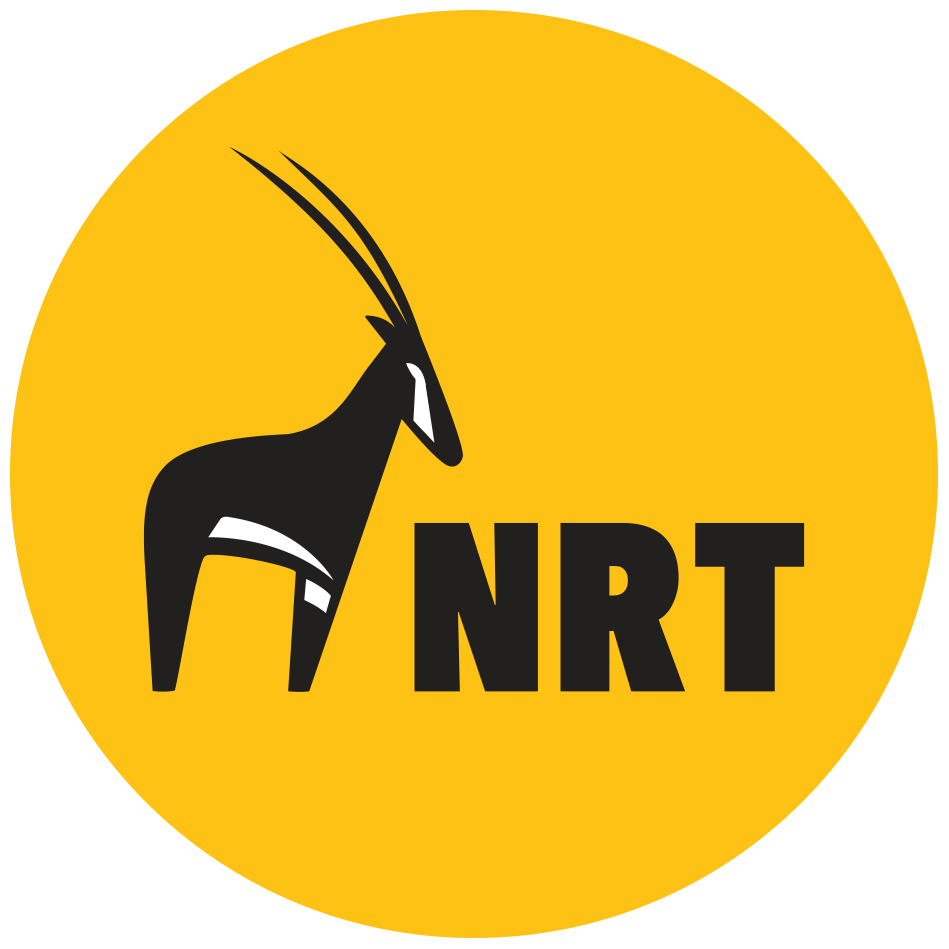16 Years of Conservation; Westgate Community Conservancy
Westgate Community Conservancy’s core conservation area. Photo/ Vivian Jebet
Hunted for their meat and threatened by habitat fragmentation, land degradation and unpredictable climate change, the population of the long necked Reticulated giraffes had drastically fallen in Westgate Community Conservancy. Even with their exceptional height, no one could spot them.
Today, 16 years later, the area has over 70 giraffes, abundant elephants, impala, waterbuck, leopard, eland, buffalo, gerenuk, oryx and even resident lions.
Historically, Westgate had abundant wildlife, however, they over the past few decades’ wildlife numbers have declined due to rangeland degradation, expansion of settlements and poaching; however it has remained a stronghold for the critically endangered Grevy’s zebra.
A herd of elephants in Westgate Conservancy. Photo/ Vivian Jebet
Disturbed by the silent extinction and migration of wildlife from the area and a looming threat to livelihoods as rangeland condition declined, the community in Westgate were united. They committed to focus on recovering the health of their land to ensure both wildlife, livestock, and people who depend on the rangelands have a future.
Thanks to this concept, and with the support of The Grevy’s Zebra Trust and NRT, the community developed a land use plan for their 35,000 hectares of land where they have community settlement areas, core conservation area, buffer zone and grazing blocks where they practice planned grazing and rangeland rehabilitation.
The land is managed by the local community who have dedicated their settlement zone to build schools, hospitals, water supplies and other and community projects.
On the 1,200 acre buffer zone, the community here practice holistic planned grazing and rehabilitation of degraded areas through clearing invasive species and reseeding of perennial grasses, harvesting of grass seeds, supplementary feeding and bunching of their cattle. They also fatten of their steers to get good market prices and during drought they preserve the grass for lactating cattle. Across the rest of the conservancy, each settlement creates wet and dry season grazing blocks where rotationally livestock graze at the different times of year.
Mzee Rotisi Letur, Westgate Conservancy chairman. Photo/ Vivian Jebet
“The state of our land was very poor, we started rehabilitating the most affected sites and today, our land is healthier and is a good refuge area for wildlife and livestock,” says Chris Lekupe, the conservancy manager.
Today, wildlife sightings have improved, there’s strengthened land governance, thriving tourism, proactive community-led grazing management, strong conservancy ownership by the community and increased community benefits.
This is a great example of what can happen if community-led conservation efforts are built around well-managed community lands spearheaded by communities who own the land.
Encroachment into the 4,192 hectares conservation area rarely happens as the community is fully dedicated in managing both the grazing and conservation areas, however during drought periods herders are allowed in to graze their livestock within the core area.
Westgate Conservancy’s core conservation area. Photo/ Vivian Jebet
Improved pasture in the core conservation area and buffer zone and security across the wider conservancy has led to an increase in key wildlife species including elephant, giraffe, Grevy’s zebra and gerenuk over the last decade.
“Before, meat poaching was high, rhinos used to roam around the landscape but are no more, elephants used to cross over to other areas at night, but today Westgate is home to several key species,” says Stephen Lenantoiye, conservancy warden.
Poaching is a thing of the past thanks to the ownership and protection of wildlife by the community and daily patrols conducted by conservancy rangers.
Thomas Leletoo, conservancy chairman says the community saw it best to convert Ngutuk Ongiron group ranch to Westgate community conservancy in 2004 to protect their land and to allow the community to protect and reap benefits from wildlife while continuing with their pastoralist way of life.
For a long time, tourists visiting Saasab lodge and camp sites within Westgate used to drive for 18 kilometers to Samburu National Reserve for game drives but now, they are utilising the conservancy core area for game drives, spending more time in the community conservancy thus earning the community the much-needed revenue.
Tourism is a major source of revenue which supports conservancy operations, education bursaries and community projects including health and water.
Through conservation, about 150 community members have been employed by partners working within the conservancy while more than 600 students per year have benefited from education scholarships and bursaries from the conservancy.
Ngilian Lokurkur, member Westgate Conservancy. Photo/ Vivian Jebet
Ngilian Lokurkur, a mother of four and a conservancy board member says women have also reaped huge benefits from conservation through NRT Trading’s beadWORKS, enterprise, and livestock programmes.
“Women have been trained on financial management skills which helps us run beadWORKS and other businesses. A number of women have started businesses, others are expanding thanks to the loans we receive from the Northern Rangelands SACCO,” says Ngilian, who also runs a motorcycle and livestock business.
Story by Vivian Jebet/NRT





